Myanmar quake highlights insurance gap
Howden Re has highlighted the potential impact of the devastating earthquake along Myanmar's Sagaing Fault on the regional insurance market. Affecting one of Southeast Asia's most active fault systems, the recent magnitude 7.7 quake killed more than 1,600 people.
“This is a significant human tragedy,” Andy Souter, head of Asia Pacific at Howden Re, said in a statement. “Unfortunately, there will be a notable protection gap, highlighting the continuing need to bring more insurance capital into emerging markets.”
Myanmar's low insurance penetration leaves much of its population vulnerable to catastrophic losses, particularly given the prevalence of non-earthquake-resistant structures in the region. Howden Re also emphasized its broader implications for neighboring countries like Thailand and Singapore.
Earthquake risk in Thailand is considered relatively low compared to typhoons and floods, yet models show that large, distant events can still pose significant threats.
"In areas like Bangkok with highly concentrated, high-value properties, it does not take long for losses to accumulate," Souter said.
"Despite low seismic activity in Thailand and other countries in the region like Singapore, their vulnerability to earthquake risks from large, distant events should not be underestimated.”
Dr. Myrto Papaspiliou, head of international catastrophe model research at Howden Re, added that Bangkok's deep alluvial soil amplifies seismic shaking from distant quakes.
"Of Thailand's 76 provinces, only 10, primarily in the northwest, are classified as earthquake risk zones. However, Bangkok's deep, soft alluvial soil amplifies shaking, making larger earthquakes from southern China and Myanmar felt in the city and potentially damaging,” she said.
The Sagaing Fault has historically produced major earthquakes, including multiple events above magnitude 7 since 1930.










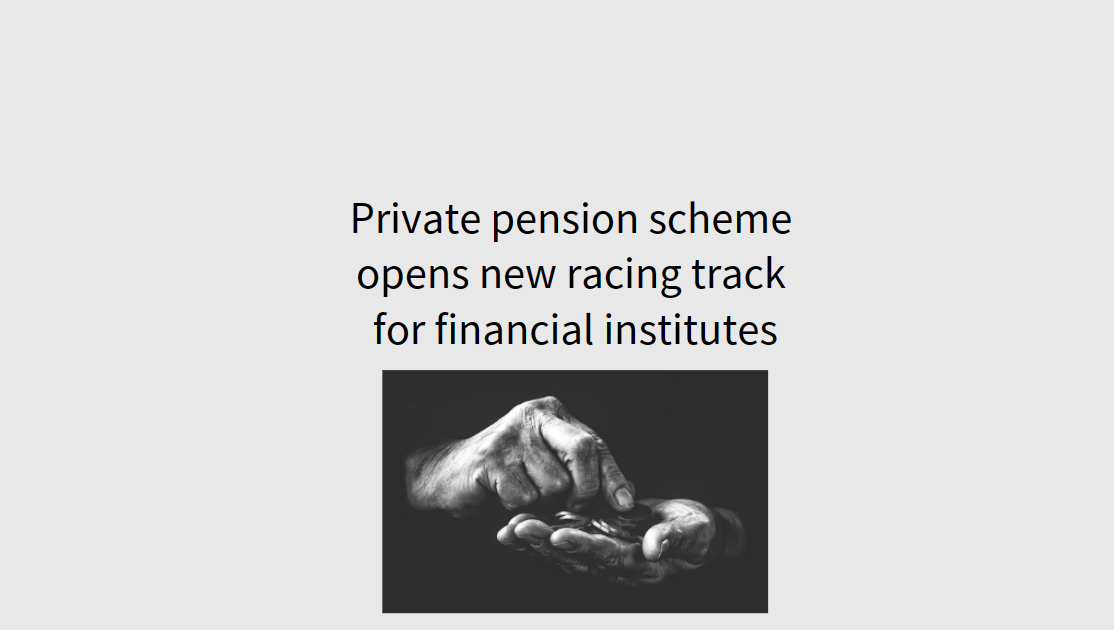



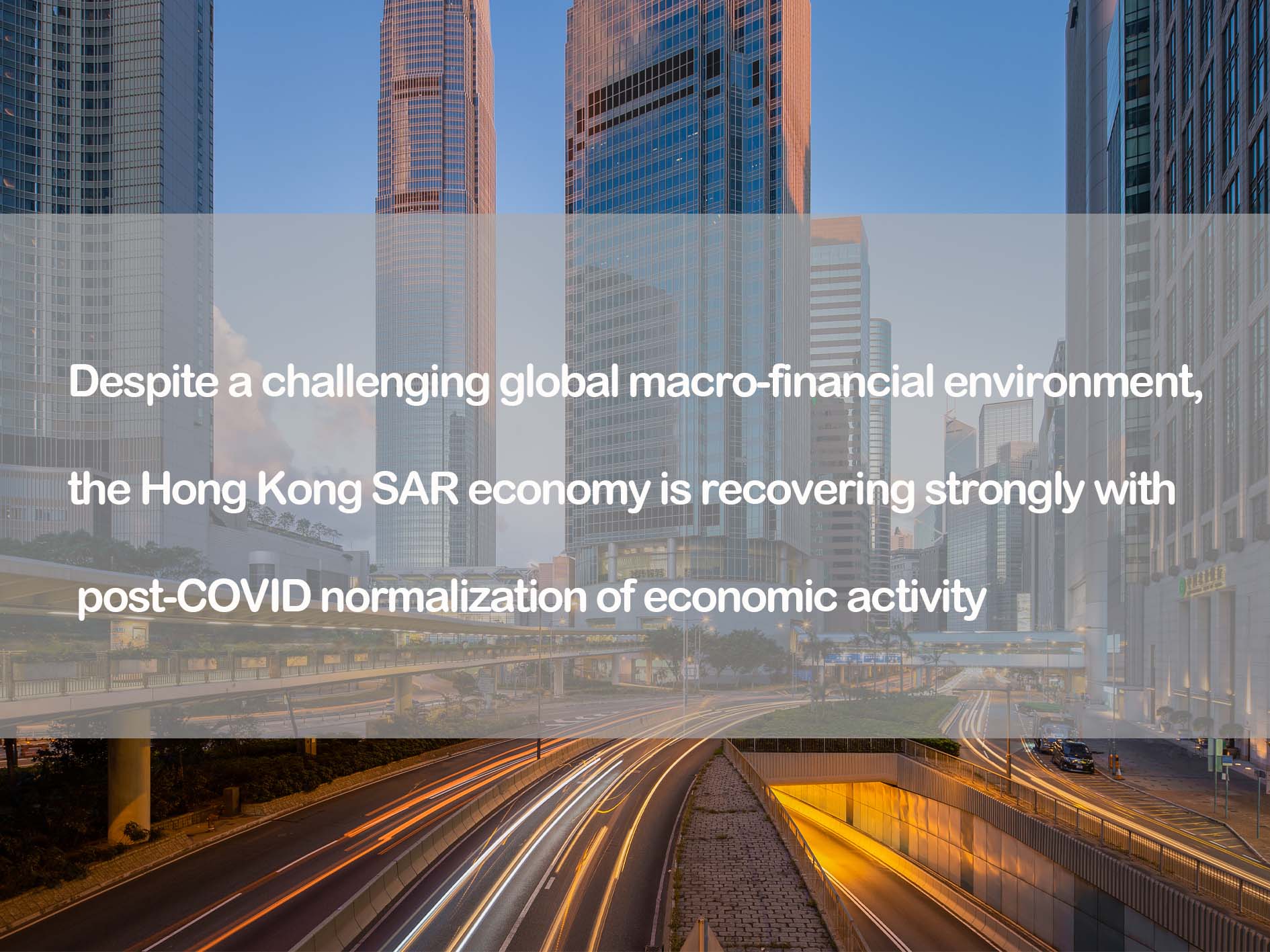







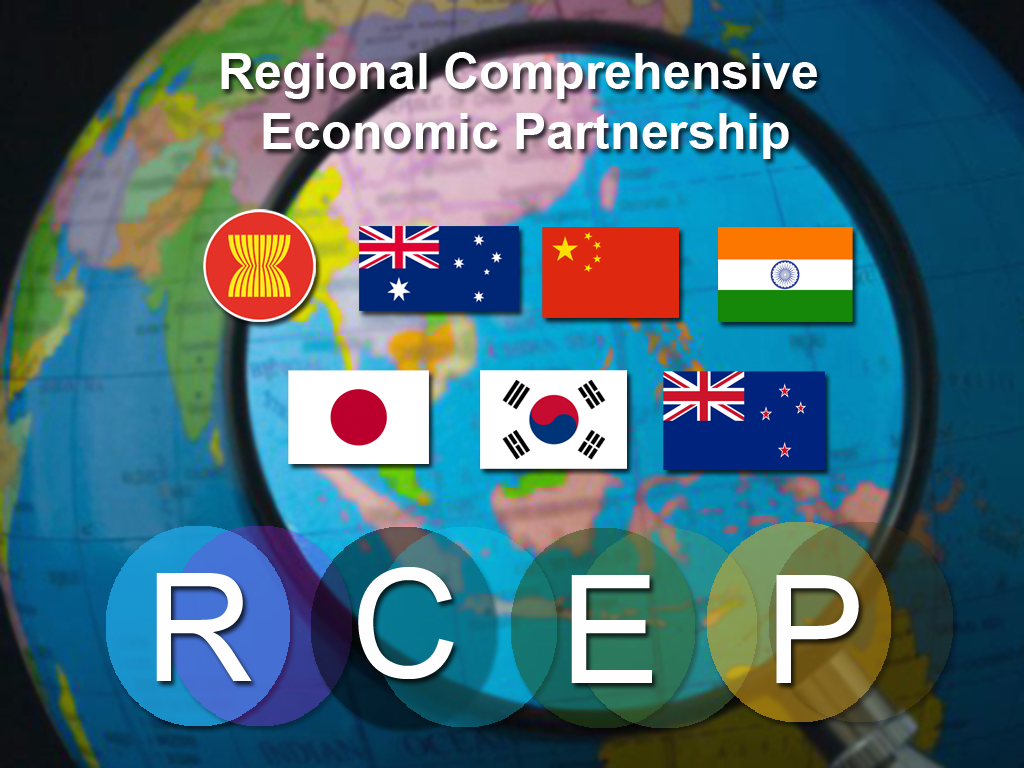


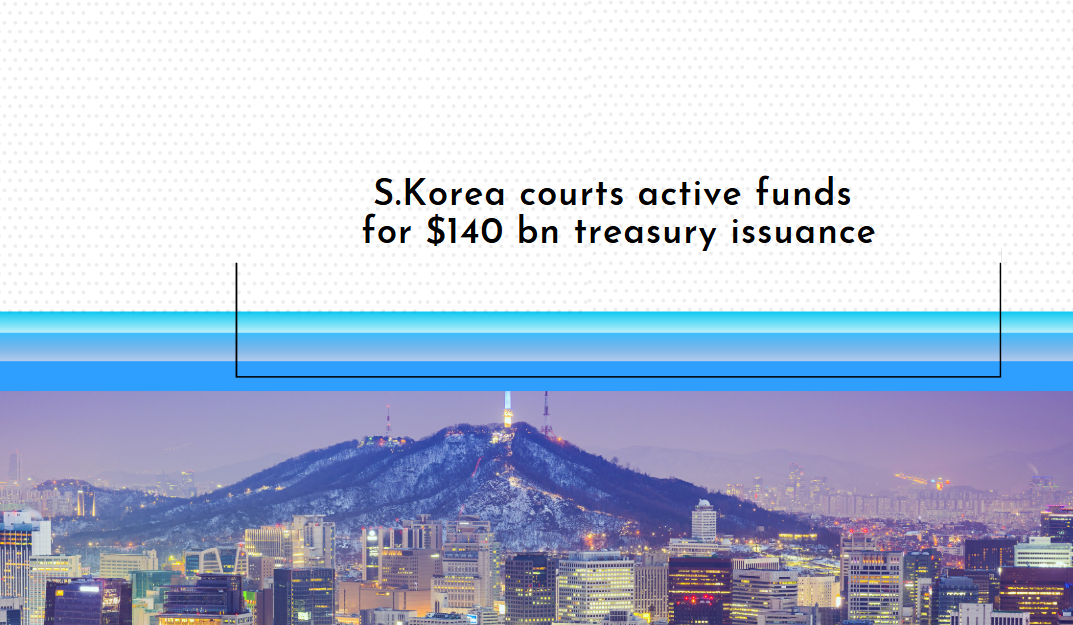
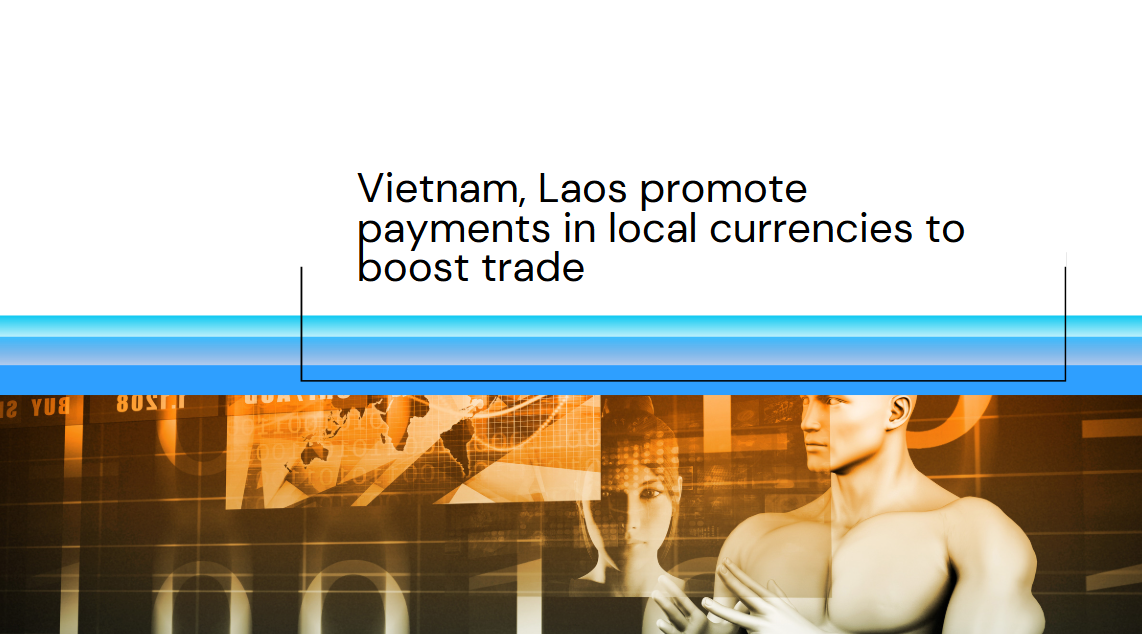



























First, please LoginComment After ~